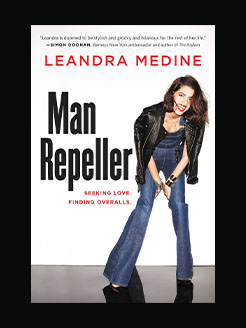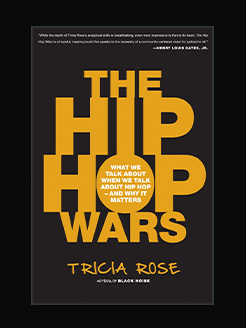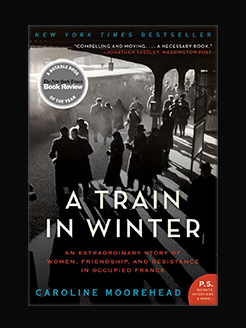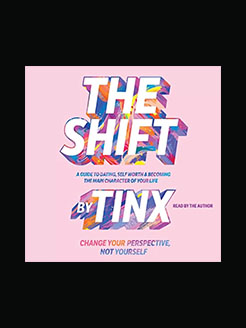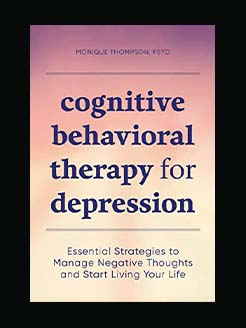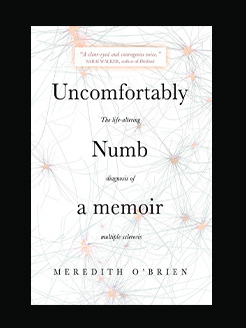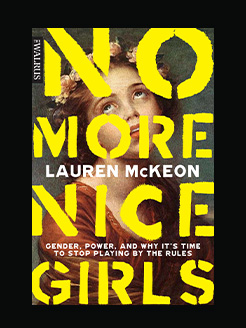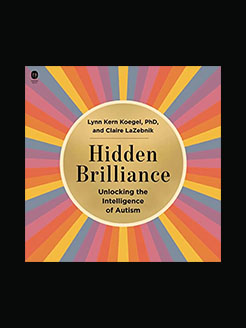Published in 1925
194 pages
epub
Virginia Woolf was an English writer, considered one of the most important modernist 20th-century authors and a pioneer in the use of stream of consciousness as a narrative device.
What is this book about?
Often considered one of the greatest novels of the twentieth century, the story details a day in the life of Clarissa Dalloway, a fictional high-society woman in post–First World War England. Created from two short stories, “Mrs Dalloway in Bond Street” and the unfinished “The Prime Minister,” the novel addresses Clarissa’s preparations for a party she will host that evening. With an interior perspective, the story travels forward and back in time and in and out of the characters’ minds to construct an image of Clarissa’s life and of the inter-war social structure. As a commentary on inter-war society, Clarissa’s character highlights the role of women as the proverbial “Angel in the House” and embodies sexual and economic repression and the narcissism of bourgeois women who have never known the hunger and insecurity of working women. Originally published in 1925, Mrs. Dalloway is Woolf’s first complete rendering of what she described as the “luminous envelope” of consciousness: a dazzling display of the mind’s inside as it plays over the brilliant surface and darker depths of reality. It is one of Woolf’s best-known novels.
